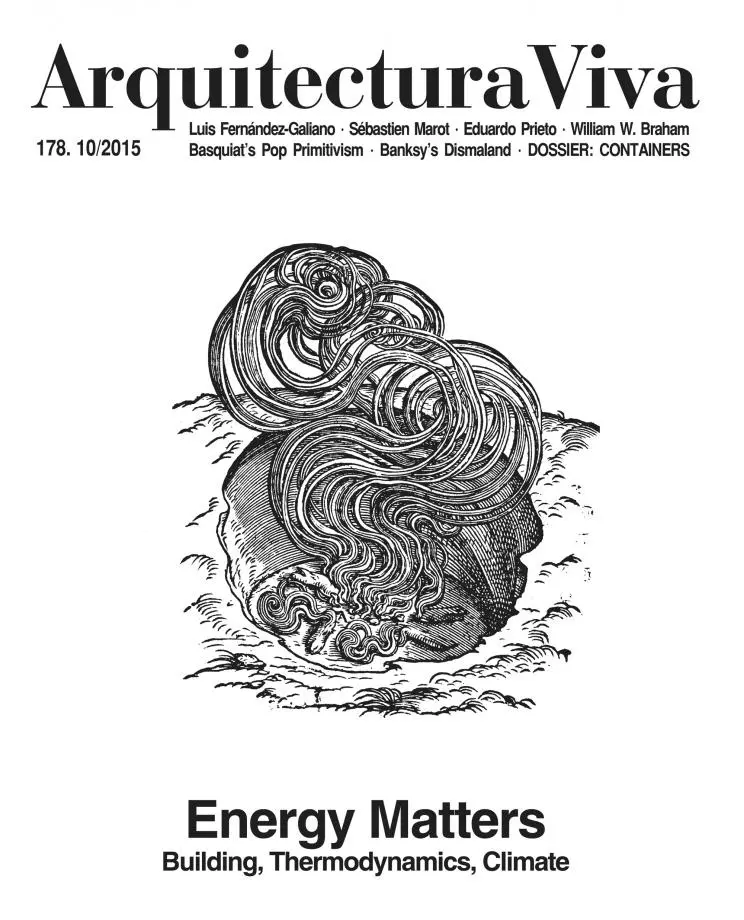
Management is the least visible part of a project, besides the weakest link of the chain. Project management refers to a fundamental matter: the ‘weaving’ of a process that makes it possible to pass the baton of a new infrastructure, as planned and without pain, to the direct users and to society.
That there are phases, activities, and agents involved in the development of a project ensures that the project will move forward, but not that the process will be organized in a way that leads to a predictable, desirable, and controllable result.
Defining the investment or the objectives and putting infrastructure to use are the two phases that give direction to the development of a project. They are the phases where creativity is at its most uncontrolled, and for this reason, they should be given utmost attention in project management.
Building and designing are only two phases of a larger mechanism, and being aware of this helps us give more accurate answers. They are the most visible phases of the mechanism, and the ones which should get all the attention of the architect.
A project is successful if it has been well managed. When a project fails, there are sure to have been errors in management. This affects design and quality because part of the management process involves choosing the right designers, writing out the contract correctly, defining requirements and needs, respecting the concept of design, and keeping to it throughout the process, and sometimes also sacrificing its materialization.
Project management is a chain of decisions that begins when intentions to address a detected need begin to be plotted and have the potential to result in the construction of a new infrastructure. This happens within an organization, and this organization will be the leading actor. The work of materializing the new infrastructure is intense but limited in time, and new resources are in order. So the developer resorts to outsourcing, and specialized teams are brought in to complement the organization. These teams are dimensioned and structured in accordance with the needs and possibilities of the client and its culture, and they join the organization when asked to, in any of the phases. Moreover, the work culture of the client will condition the result.
Project management can be practiced from inside or outside an organization, in the extreme case with a specialized team hired to provide know-how, procedures, and experience with the aim of meeting the objectives.
Indispensable in project management are objectives, a strategy, leadership, an organized team, and procedures for efficient development of all activities. There will always be uncertainties, problems, and surprises along the way. The idea is to manage a dynamic process for the organization, a process which varies with every project (especially if management is international, with actors from different countries and cultures).
Managing projects involves managing tensions and conflicting interests, generating a shared vision, and it involves managing changes and risks, and managing communications between different parties. It involves working with specialists in many fields and maintaining an interdisciplinary perspective and perception of the process as a whole.
The task requires the humility, the ‘invisibility,’ the confidentiality, and the capacity to direct and orient group work. Project management is team, team, and team, with strong doses of reality, efficiency, resilience, and compromise. Finding the way to progress amid resistant or unforeseen forces has got to be the most creative part of project management.





